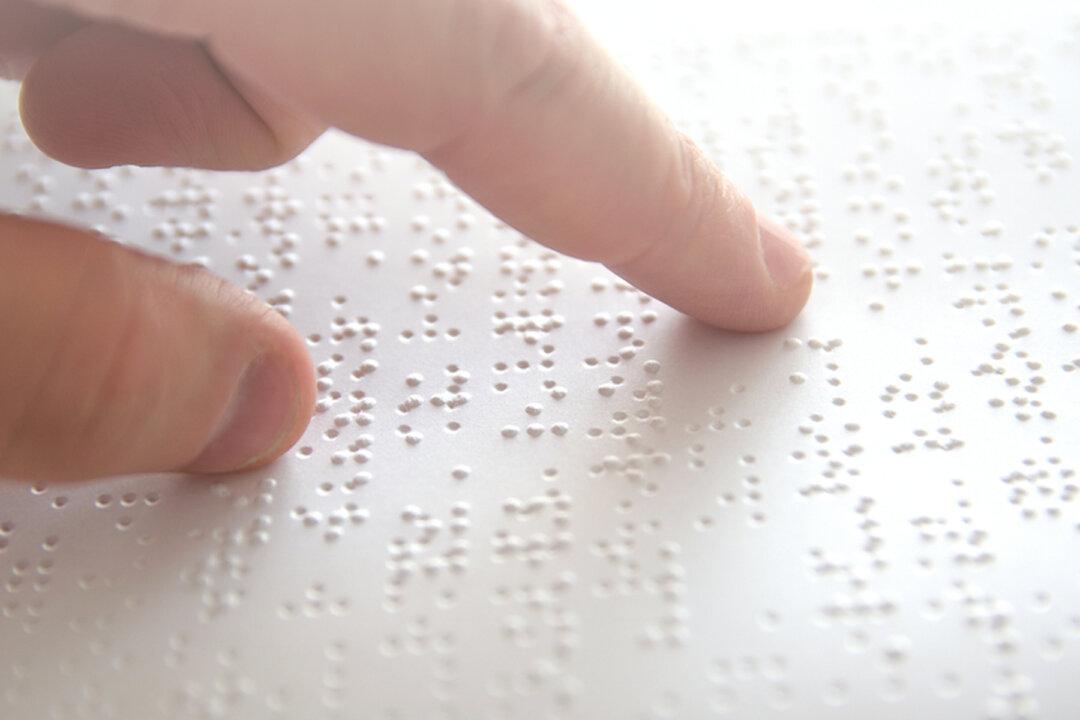Contestants of the North America Braille Challenge are no strangers to adversity, so when the 2020 edition had to go online due to the pandemic, they weren’t fazed.
The Braille Institute in Los Angeles hosted the competition, and it was conducted remotely with the most skilled 50 K-12 contestants from all over the United States and Canada facing off online. They tried their skills in various categories of braille literacy, from spelling to speed, as well as tactile charts and graphs.





